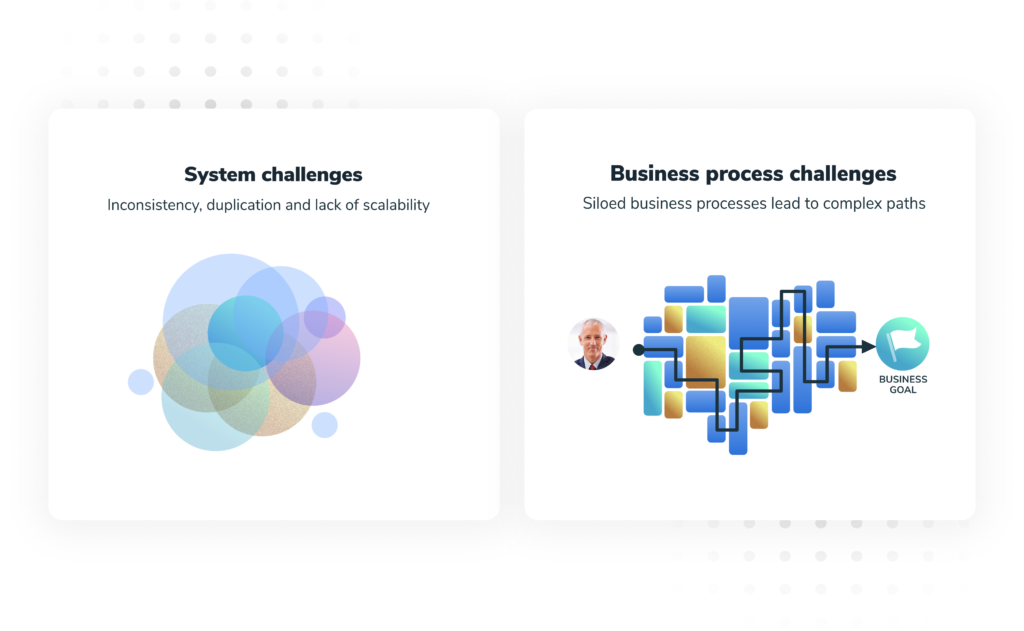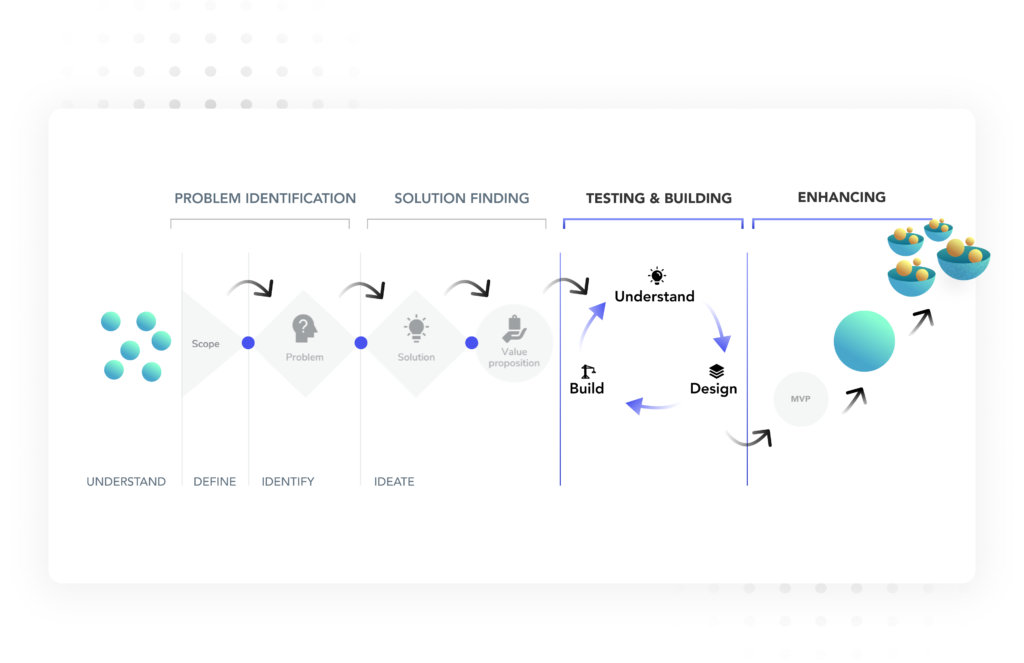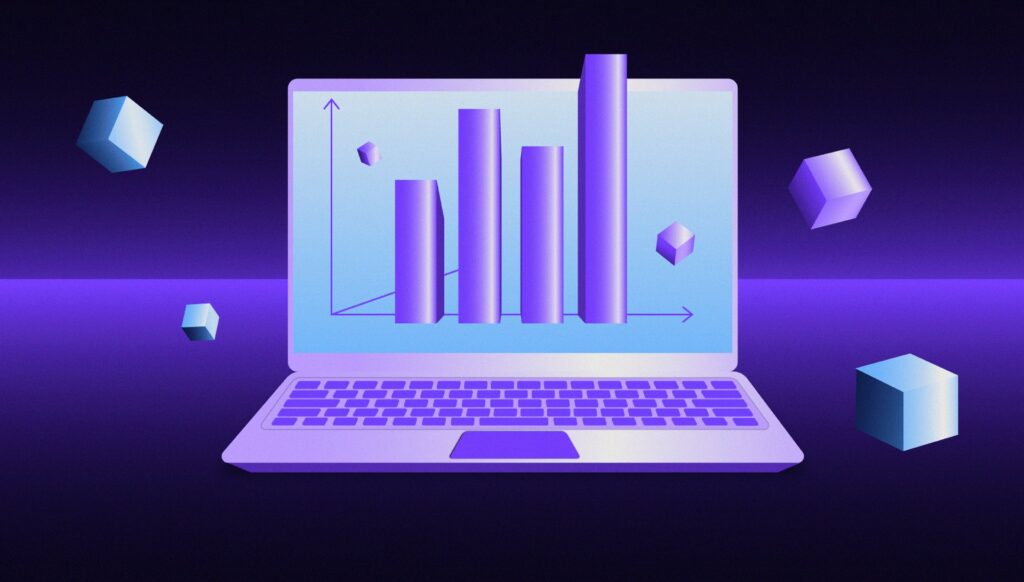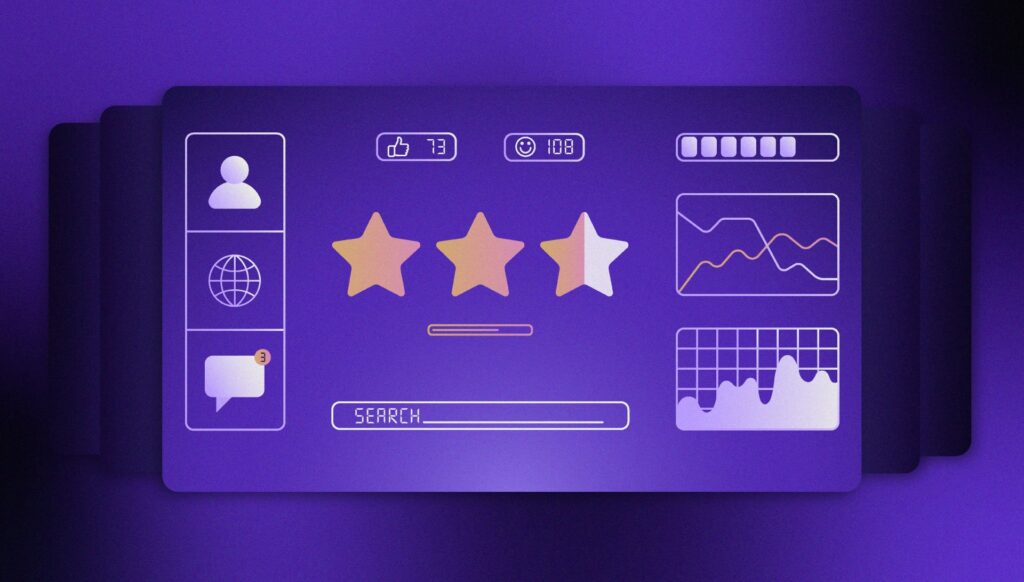Creating holistic experiences with a large product portfolio
The ability to simplify means to eliminate the unnecessary so that the necessary may speak. — Hans Hofmann (Painter)
The enterprise has integrated deeply with software and, more than ever, enterprise IT is responsible for driving organizational performance. Technological evolution and the coming of the ‘app economy’ have also made the enterprise more ‘appified’ but this has served to convert the enterprise IT landscape into a minefield of siloed applications, large product portfolios, and tangled inter-dependencies.
One result of the complexity of this ecosystem is that enterprise users are often forced to contend with inconsistent experiences and disjointed workflows that prevent them from being able to perform their tasks with ease.
The problem with complexity
Ageing systems and legacy technologies impede the ability of organizations to intelligently manage all the critical business processes and applications while remaining flexible to adapt to ever-changing business requirements. The pace of technological evolution has intensified rapidly over the past two decades and organizations now look towards software to drive evolutions, revolutions, and transformations in how they conduct business. In that light, sub-optimal and inconsistent user experiences, something of a mainstay of enterprise software, reduce adoption and impact organizational agility and performance.
The modern enterprise can no longer afford to bear the burden of unnecessarily complex enterprise application portfolios that deliver patchy user experiences.

The need for change
Software today undoubtedly operates as the central nervous system of all enterprises. However, enterprise software, until now, has been designed to satisfy the needs of the organization and not of the individual user. It has often appeared to be at odds with user-centered design. The good news is that enough evidence exists to show that enterprise software companies which use design methodologies and create holistic experiences for their users can drive better long-term adoption of the software and consequently achieve software-driven success.
Creating holistic experiences with large product portfolios – the roadmap
While there might seem to be a lot of conflicts inherent in large product portfolios, with this conflict comes the opportunity for intelligent renewal. Here is a road map that we have successfully employed to create robust, user-friendly, and secure experiences for enterprises, even with large product portfolios.
Evaluation for evolution
The first pillar of our enterprise-centered design practice is evaluation. Evaluation begins with going through the enterprise client’s existing product and application portfolio with a fine-tooth comb to identify how it can be rationalized, simplified, aligned, and then organized. This understanding can only be generated by thorough research that captures a detailed understanding of both business needs anduser needs.

Assessing end-to-end user journeys
Product portfolio renewal also demands coordination across a broad range of end-users and getting all the invested stakeholders to become engaged in this strategic initiative. We leverage the Design Sprint methodology to look at all the components of the entire technology ecosystem that impact the user needs and define the end-to-end user journey as it exists at the time. This involves understanding the user objective and the jobs to be done, every stage of the user journey, the various touchpoints, and the means employed by them to connect to the applications they use. This assessment throws valuable light on the overall UX and how it can be optimized.
A comprehensive ‘service map’ to build better connections
After looking at the entire product, technology, and user ecosystem, the next step is to design a comprehensive service map. The objective behind this is to build the right connections between the front end and the back end and look at the big picture to connect together the right dots and the right touchpoints.
Taking a look at the big picture helps us identify how the applications impact the users, their motivations behind using or not using them, and how they complete their tasks. With this information, we curate end-to-end, detailed solutions around the user workflows with a clear understanding of the main touchpoints, the channels that users use, the systems they connect to, and how they connect.
This allows us to design a consistent experience across the range of enterprise products and applications the users turn to in performing these tasks.
Focus on the ‘solution’ and not just one workflow
It can be impossible to deliver holistic experiences with large product portfolios unless we move away from a myopic development approach. While it might seem easier to just optimize one particular workflow or functionality, it is also often meaningless to provide one elevated experience and leave the others at a sub-optimal level.
For the millennial enterprise user, this would be like going to Airbnb and realizing that their experience while looking for accommodation in Italy was substantially different from the experience while looking for accommodation in Mexico on the same app. Will such an approach drive adoption? No, it won’t. In the enterprise context, will products that do not provide consistent and elevated experiences win the love of users? Unlikely!
Add value, beyond the obvious
UX, contrary to popular belief, is not just about clean aesthetics and simple design. With a clear picture in mind, we focus on design that can elevate the user experience to another dimension by taking an application beyond being merely functional and makes it usable. It is in this dimension that the hidden gems lie, those extremely useful features that might not be immediately noticeable but add immense value to the product.
How does this play out?
Let’s look at an example to show how this works in practice. We were called in to help a large shipping company refresh their billing application, but we soon saw the project take on a different dimension. As we studied the billing app, we realized that the app was a part of so many different user journeys. Customers used it, as did users (and other enterprise applications) in roles such as Finance, Order Fulfilment, and Account Management, among others. It would not make sense to change the user experience in billing and leave everything else untouched. This kicked off a new cycle of looking at the entire enterprise product portfolio to define a design-led realignment that would deliver a superior, and holistic user experience.
Focusing on the end-user needs and evaluating all the touchpoints is essential before you write even a single line of code simply because it is this evaluation that will determine the exact problem, the opportunities for alignment, and the gaps that, when filled, could deliver greater value. It is with this knowledge that you then determine the design systems, toolkits, and technology stacks that will address the entire user experience and help you deliver robust enterprise software solutions that users love, accept, and trust.




